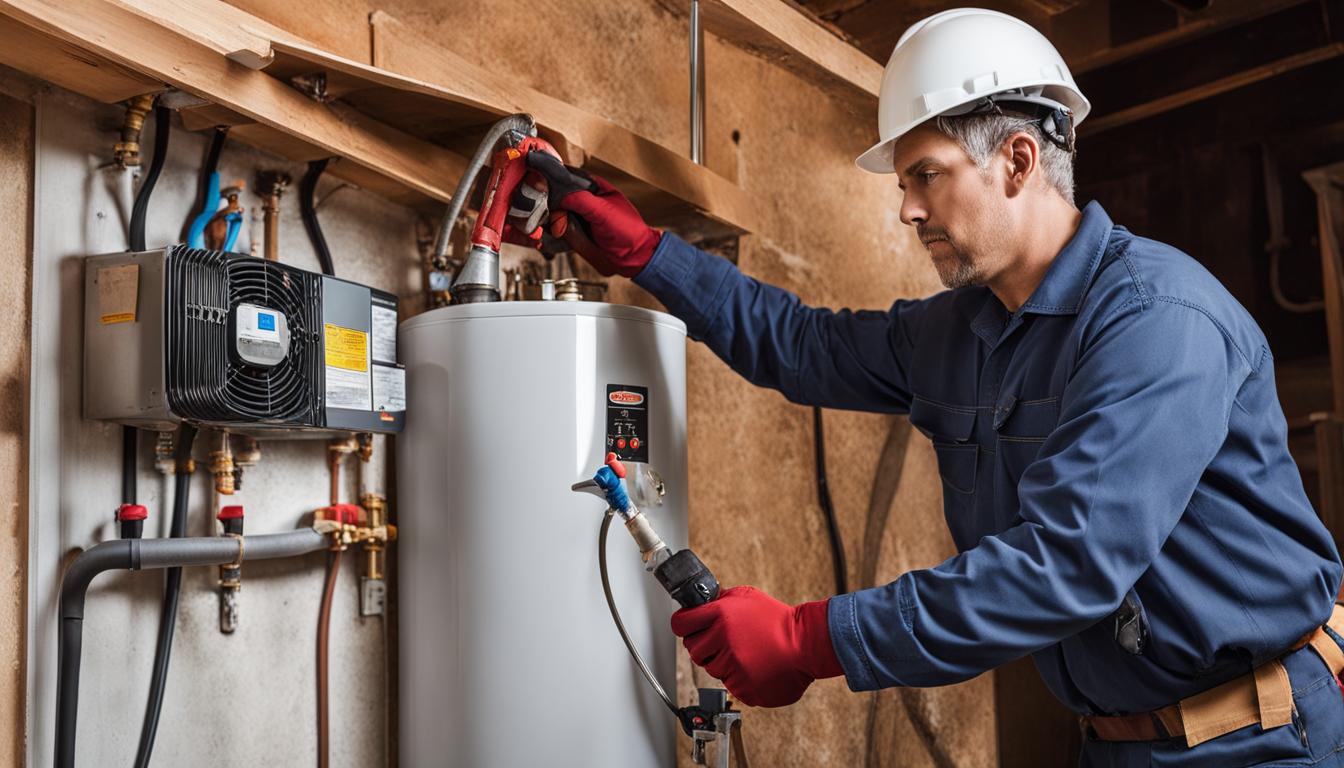Useful Techniques for Maintaining Your Home's Hot Water System
Useful Techniques for Maintaining Your Home's Hot Water System
Blog Article
Are you in search of critical info concerning Water Heater Maintenance Tips You Can't Afford to Forget?

Hot water is important for daily convenience, whether it's for a revitalizing shower or cleaning meals. To ensure your hot water system runs successfully and lasts much longer, routine maintenance is crucial. This post offers practical pointers and understandings on exactly how to maintain your home's hot water system to avoid disruptions and pricey repair services.
Introduction
Keeping your home's warm water system might seem challenging, yet with a couple of straightforward steps, you can ensure it operates smoothly for years to come. This overview covers whatever from understanding your warm water system to DIY maintenance ideas and knowing when to call specialist assistance.
Significance of Maintaining Your Warm Water System
Routine maintenance not just prolongs the lifespan of your hot water system but likewise ensures it runs effectively. Neglecting upkeep can result in lowered effectiveness, higher energy costs, and also premature failing of the system.
Signs Your Warm Water System Requirements Maintenance
Knowing when your warm water system needs interest can prevent significant concerns. Look out for indications such as irregular water temperature, strange noises from the heating system, or rustic water.
Understanding Your Warm Water System
Before diving into upkeep tasks, it's valuable to understand the standard parts of your hot water system. Generally, this consists of the hot water heater itself, pipelines, anode poles, and temperature controls.
Monthly Maintenance Tasks
Routine regular monthly checks can assist capture small concerns before they rise.
Flushing the Water Heater
Flushing your water heater removes debris accumulation, improving effectiveness and extending its life.
Monitoring and Changing Anode Rods
Anode poles prevent deterioration inside the container. Inspecting and replacing them when worn out is important.
Checking and Changing Temperature Level Setups
Adjusting the temperature setups ensures optimal performance and safety.
DIY Tips for Maintenance
You can carry out a number of maintenance tasks yourself to keep your hot water system in top condition.
Checking for Leaks
On a regular basis inspect pipes and links for leakages, as these can result in water damage and higher bills.
Evaluating Stress Relief Valves
Evaluating the stress safety valve guarantees it works correctly and avoids too much stress build-up.
Shielding Pipes
Protecting warm water pipelines reduces warmth loss and can save energy.
When to Call a Professional
While DIY maintenance is useful, some issues require specialist expertise.
Complicated Concerns Requiring Expert Assistance
Examples consist of significant leakages, electrical problems, or if your hot water heater is continually underperforming.
Regular Expert Upkeep Conveniences
Specialist maintenance can include detailed examinations, tune-ups, and making sure compliance with safety and security criteria.
Final thought
Regular upkeep of your home's hot water system is essential for performance, durability, and cost savings. By following these pointers and understanding when to seek expert help, you can guarantee a reputable supply of warm water without unforeseen disruptions.
How to Maintain an Instant Hot Water Heater
Before tinkering with your hot water heater, make sure that it’s not powered on. You also have to turn off the main circuit breaker and shut off the main gas line to prevent accidents. Also turn off the water valves connected to your unit to prevent water from flowing into and out of the appliance. 2. When you’re done, you have to detach the purge valves’ caps. These look like the letter “T†and are situated on either side of the water valves. Doing so will release any pressure that has accumulated inside the valves while at the same time avoid hot water from shooting out and burning your skin. 3. When the purge valves’ caps are removed, you have to connect your hosing lines to the valves. Your unit should have come with three hoses but if it didn’t, you can purchase these things from any hardware or home repair shops. You can also get them from retail stores that sell water heating systems. Read the user’s manual and follow it to complete this task properly. When the hosing lines are connected, open the purge port’s valves. 4. You should never use harsh chemical cleaners or solutions when cleaning your unit. Make use of white vinegar instead. It should be undiluted and you’ll probably use about 2 gallons. 5. Now flush your water heater. This task should probably take about 40 minutes. We can’t give you specific directions for this because the procedure is carried out depending on the type, model and brand of your heater. With that being said, refer to the user’s manual. 6. When you’re done draining the unit, you have to turn off the purge port valves again. Remove the hosing lines that you earlier installed on each of the water valves. Put the valve caps (purge port) back in their respective places and be very careful so as not to damage the rubber discs that are found inside these caps. 7. Now that everything’s back in place, check your user’s manual again to find out how to reactivate your water heating system. 8. Once it is working, turn one of your hot water faucets on just to let air pass through the heater’s water supply pipes. Leave the tap on until water flows smoothly out of it. https://www.orrplumbing.com/blog/2014/september/how-to-maintain-an-instant-hot-water-heater/

Do you really like reading about Water Heater Maintenance Tips You Can't Afford to Forget? Write a short review directly below. We would be delighted to see your thinking about this posting. We are looking forward that you visit us again soon. In case you enjoyed our page kindly be sure to share it. We recognize the value of your readership.
Go Deal Report this page